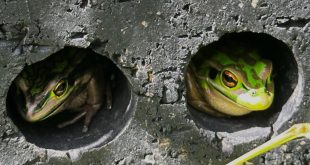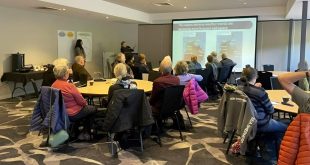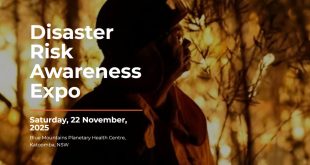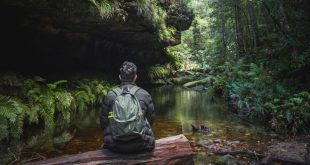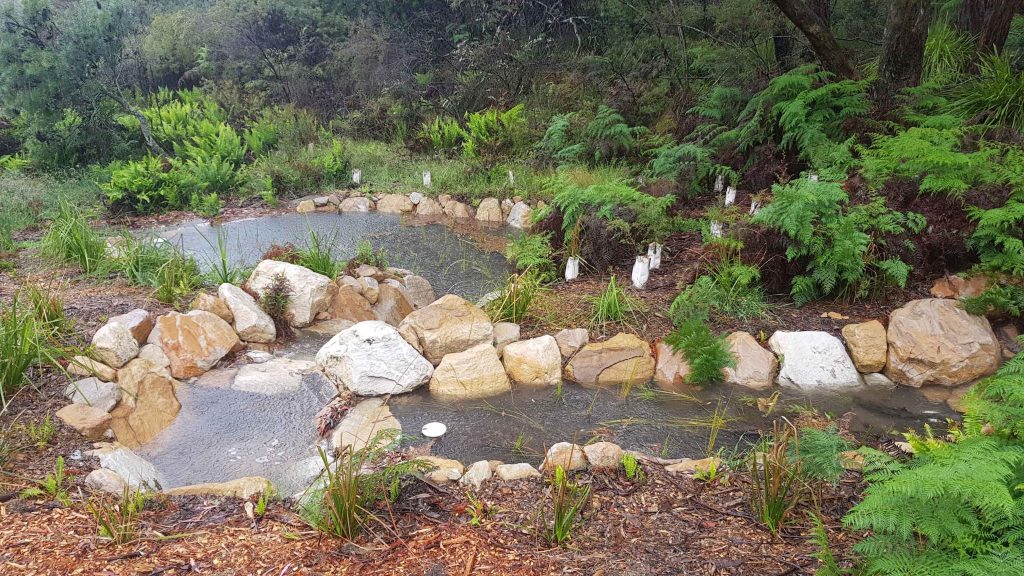
Blue Mountains waterways are some of the most beautiful, iconic and highly valued in Australia. They sustain a unique diversity of animals and plants, hold great cultural significance to Traditional Owners, and provide huge opportunities for recreation and eco-tourism.
Our waterways also supply drinking water to over five million people, including residents of the Blue Mountains local government area.
What is Council doing to protect our waterways?
Council has developed and is enacting the Water Sensitive Blue Mountains Strategic Plan (WSBMSP) which will be our blueprint for water management for the next 10 years.
This plan has four main components: water efficiency, water reuse, best practice stormwater management and a water-literate community.
Download the Water Sensitive Blue Mountains Strategic Plan
Council is monitoring the health of our waterways, at over 50 sites from Lapstone to Mount Wilson.
Recent analysis of our waterways has revealed that:
- 20% of our waterways are in excellent health
- 31% of our waterways are in good health
- 42% of our waterways are in fair health
- 7% of our waterways are in poor health
Find out more about the health of our waterways and what you can do to help in our Waterways Health Snapshot 2020
Image: A stormwater treatment structure at Jamison Creek Swamp
Council is rehabilitating over 130 creek and bushland sites across the city — by repairing stormwater impacts such as weed infestation, erosion and sedimentation.
Large restoration projects include Glenbrook Lagoon and Wentworth Falls Lake.
Find out more at Restoration Projects
Council is conserving rare & endangered Blue Mountains Swamps – Blue Mountains Swamps (otherwise known as Hanging Swamps) are a diverse plant community that occur nowhere else in the world.
In 2015 Blue Mountains City Council partnered with Central Tablelands Local Land Services to successfully apply for a 10 year $742,500 NSW Environmental Trust Save our Species Partnership grant to deliver the ‘Swamped by Threats’ project. This project will protect the swamp habitats of two iconic and endemic threatened species, the Blue Mountains Water Skink and the Giant Dragonfly, across the Blue Mountains and the Newnes Plateau.
This long term project will run from 2016-2026.
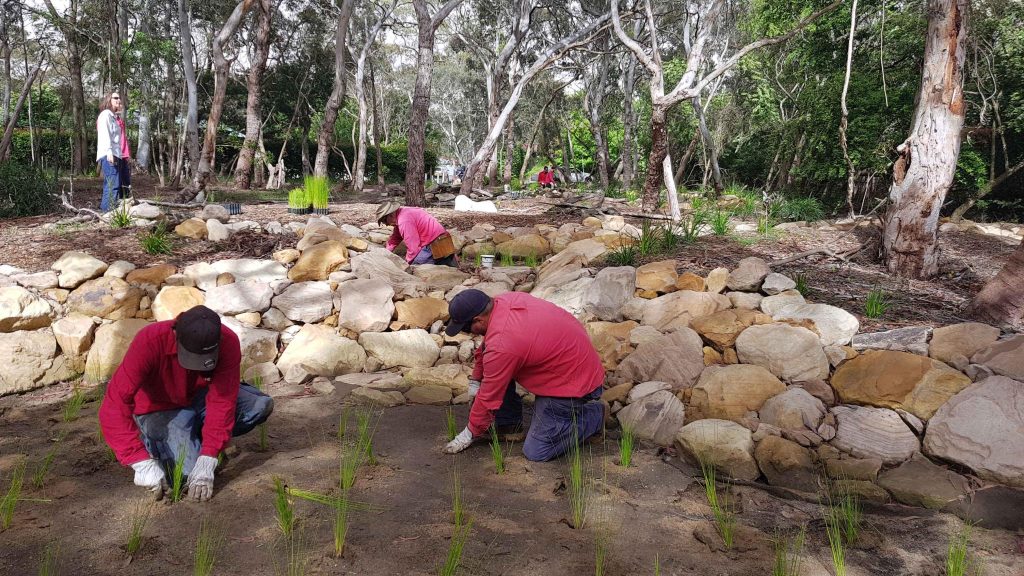
Image: Planting vegetation at the Jamison Creek Swamp
Current restoration works
Current works under the Council Swamp Rehabilitation program include improving the habitat condition and resilience of 16 priority swamp systems at the following council managed sites:
- Connaught Road Swamp, Blackheath
- Yosemite Swamp , Katoomba
- Marmion Road Swamp, Leura
- North St Swamp, Katoomba
- Gully Swamp, Katoomba
- McCrae’s Paddock Swamp, Katoomba
- Leura Falls Swamp, Leura
- East Leura Swamp, Leura
- Jamison Creek Swamp, Wentworth Falls
- Wentworth Falls Lake Swamp, Wentworth Falls
- Franks Creek Swamp, Wentworth Falls
- Kittyhawke Swamp, Wentworth Falls
- Duperry and Clarendon Swamp, Wentworth Falls
- Red Gum Park Swamp, Bullaburra
- Lawson Pool Swamp, Lawson
- North Lawson Swamp, Lawson
Image: Waterways Festival 2017 – Cailin Lyddiard (left) Caitlyn Clark (middle) and Mirabai Sigel (right) make friends with a baby turtle
What can you do to protect our waterways?
- Install a rainwater tank to water your garden and minimise storm-water run off. Find out more at Sydney Water
- Save water around your house and garden by implementing these water-saving tips
- Never allow detergents, pesticides, sediment, chemicals, paint or fertilisers to enter stormwater drains.
- Never flush wet wipes, tissues or paper towels down the toilet as this causes sewerage blockages which can then lead to sewage overflows into our creeks.
- Choose tapwater over bottled water as “spring water” depletes groundwater reserves.
- Join a Swampcare group or your local Bushcare group to help restore our precious Blue Mountains Swamps and waterways. Visit the Bushcare website for further information or email BMCC’s Bushcare program at bushcare@bmcc.nsw.gov.au.

%20Caitlyn%20Clark%20(middle)%20and%20Mirabai%20Sigel%20(right)%20make%20friends%20with%20a%20baby%20....JPG)
